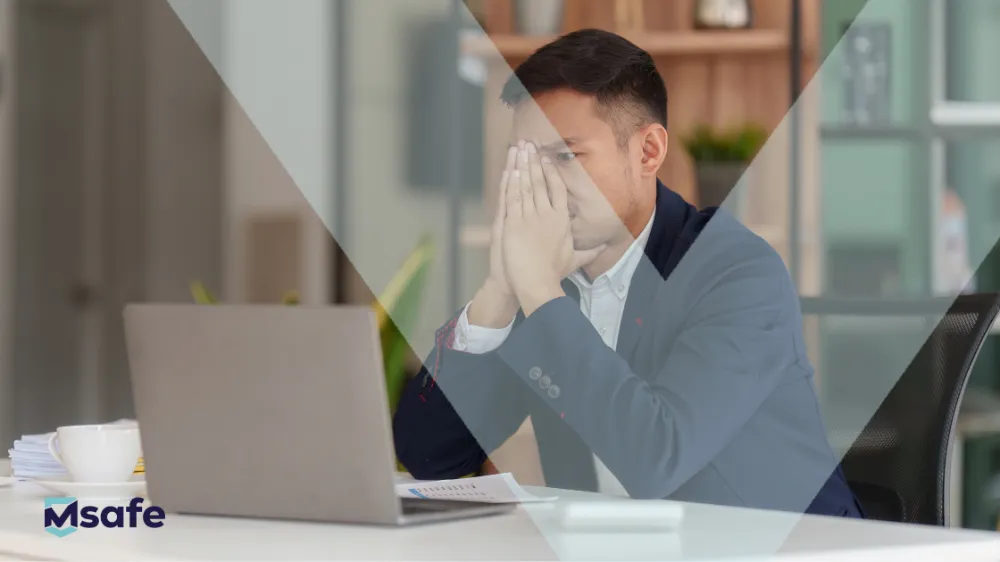Your marketing team wants to send a 3 GB video file to a freelancer. But Outlook blocks the file, and WeTransfer has a size limit. No one is sure whether the link is safe or if it will reach the right person.
Sending large files seems simple, but there are restrictions, think of maximum file sizes, no encryption, and zero control once the file is sent.
In this article, you’ll learn why traditional methods don’t work and how to securely send large files. With our Secure File Transfer solution, you can send unlimited large files in full GDPR compliance.
Why traditional methods fall short
1. Technical limits block the workflow
Email attachments are often capped at 25 MB, while free services stop at 2 GB. Employees start zipping files or sending them in multiple parts. That takes time and increases the risk of errors.
2. Security & compliance fall behind
Attachments usually travel unencrypted across multiple servers. Hackers can intercept them or inject malware. One in three employees has sent a file to the wrong recipient; in highly regulated industries, this quickly results in a data breach.
3. No recall or audit trail
Once you hit “Send,” the file is gone. You can’t take it back or see who opens it. For GDPR or ISO audits, there’s no proof of who did what.
4. Shadow IT & invisible copies
If the official channel doesn’t work, people turn to free cloud tools, personal WhatsApp, or a private Dropbox. That creates millions of uncontrolled copies—at a company with 1,000 employees, this easily adds up to 17 million attachments per year. The result: no visibility into sensitive data, while legal and reputational risks keep growing.
Sending large files by email is not a safe alternative
Email combines every pain point just mentioned: a 25 MB limit, unencrypted transfers, and zero control after sending. A typical team creates millions of extra file copies this way. These remain invisible to IT and are vulnerable to breaches. To bypass limits, employees zip, split files, or use insecure cloud services. In practice, email remains the slowest and least secure option. Files can’t be recalled, and every mistake increases the chance of a breach or a GDPR fine.
Files easily end up with the wrong recipient
Attachments are a favorite target for hackers: they hide malware in seemingly harmless documents and wait for a click. But simple typos are just as costly: about 30% of employees have sent files to the wrong person. In regulated sectors, this accounts for more than half of all human-error data breaches.
Many organizations are in the dark. Research by Progress shows that 84% don’t know which data needs encryption, and 67% don’t fully understand the rules. Yet email remains the default; only 1 in 10 Microsoft 365 users uses a specialized secure platform. This reliance on a vulnerable channel underlines the need for a safe and easy way to transfer large files.
Compliance risks escalate quickly
GDPR requires organizations to take “appropriate technical and organizational measures” to protect data. Failure to comply can lead to fines of up to 4% of annual global revenue. Sector-specific rules such as NTA 7516 (healthcare) and ISO 27001 demand encryption, access control, and full audit trails. Yet audits often reveal that attachments are sent unencrypted, with no logging in place. The consequences: steep fines, halted projects, and reputational damage—often caused by a single insecure file transfer.
Secure large file transfer with Msafe
At Msafe, we believe sharing files should be effortless and above all, secure. With Msafe Secure File Transfer, you can send large files without limits. Files are encrypted with AES-256, and the sender controls access with two-factor authentication.
All shared files are securely removed after the pre-defined period, ensuring that no documents remain unintentionally accessible in shared folders.
Users can revoke access after sending and generate reports for compliance checks.







